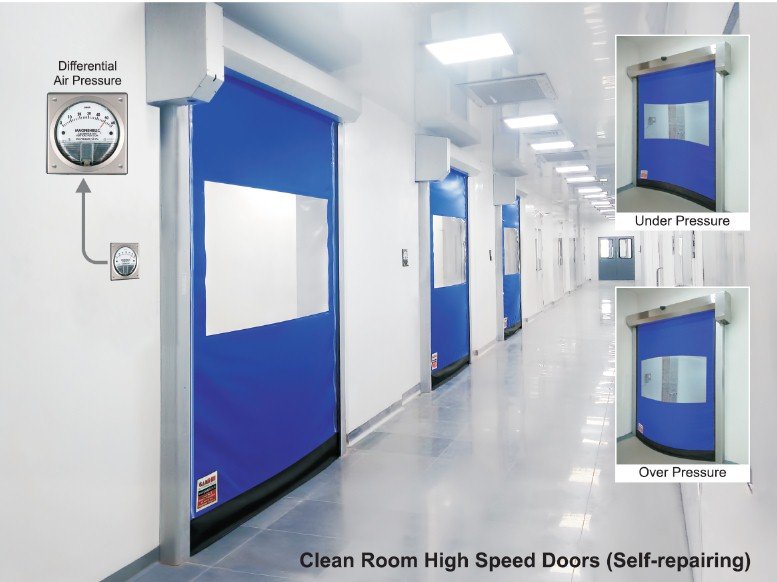Inside BENEO’s new pulse plant: pioneering sustainable protein from faba beans
There are increasing regulations for cleanrooms to ensure production remains safe and free from contamination
Cleanrooms are widely used in scientific research and manufacturing. They act as a place to minimize airborne contamination, while strictly controlling factors like temperature and humidity.
This makes them a crucial space for a number of industries such as pharmaceuticals, bioengineering, electronics, and micro-mechanics – where cleanliness and precision are vital.
A level of cleanliness and sterility that is not comparable to any other place is essential in the sterile room, or better, the clean room.
An environment with a zero level of pollution, an area of experimentation that requires extreme cleanliness, where the air inside the rooms is ~ 20,000 times cleaner than outside air.
In the rooms that require a special clean air, access is allowed only to trained personnel.
Cleanroom classification
With this in mind, there are increasing regulations for cleanrooms to ensure production remains safe and free from contamination.
Basically, cleanrooms are classified by how clean the air is. Air is constantly filtered and recirculated through filters to maintain its quality.
As the sole entry and exit point for most contaminants (i.e. people), doors are crucial to meeting international classification standards. The right door goes a long way to minimizing potential variables.
Airtightness
The first question to ask is: are the doors well sealed? Effective doors should be as secure as possible, with near impermeable seals. Many laboratories even use airlock systems for entry and exit.
However, the process of air filtration moves air around within the room – we need to breathe after all. Cleanrooms tend to maintain high air pressure, which occurs when slightly more air is being put in than taken out.
This means the excess air looks to escape, so any airflow around the door when it’s opened and closed will be moving outwards, restricting the access of external contaminants.
Door speed
Another key component of keeping a cleanroom…well, clean, is the speed of the door. Generally speaking, the faster the better.
Doors with fast opening and closing speeds regulate air exchange and reduces the risk of contaminants such as draughts, moisture, dust and dirt. The less time a door is open, the easier it is to maintain stable air pressure.
Specialized doors can’t be treated as an afterthought. They must fit their purpose – in this case, maintaining a clean, controlled environment to ensure testing and manufacturing processes are as precise and efficient as possible.
Prime Clean Reset high-speed cleanroom doors
Prime Clean Reset high-speed cleanroom doors help to minimize contamination risks and meet hygienic standards for controlled environments without compromising product quality or worker safety. Exceptionally fast speeds, near airtight seals and durable performance provide greater control over particle concentration and air changes while maintaining stringent cleanroom requirements.
Clean room doors (Prime Clean Reset) are designed for inside applications requiring limitation of leak flow. The perfect sealing properties of Prime Clean Reset provide environmental control and protect the inside environment against draughts, dust and dirt. Clean room doors provided by us also has self- repairing system.
One of the most imperative aspects of clean rooms is the Door you choose for clean room facility. Time for which door is open will play a critical factor in avoiding dirt, temperature, humidity etc. Opening and closure of door has to quick enough to isolate the two areas.
Samir Gandhi & Kartik Gandhi, Directors, Gandhi Automations Pvt Ltd

